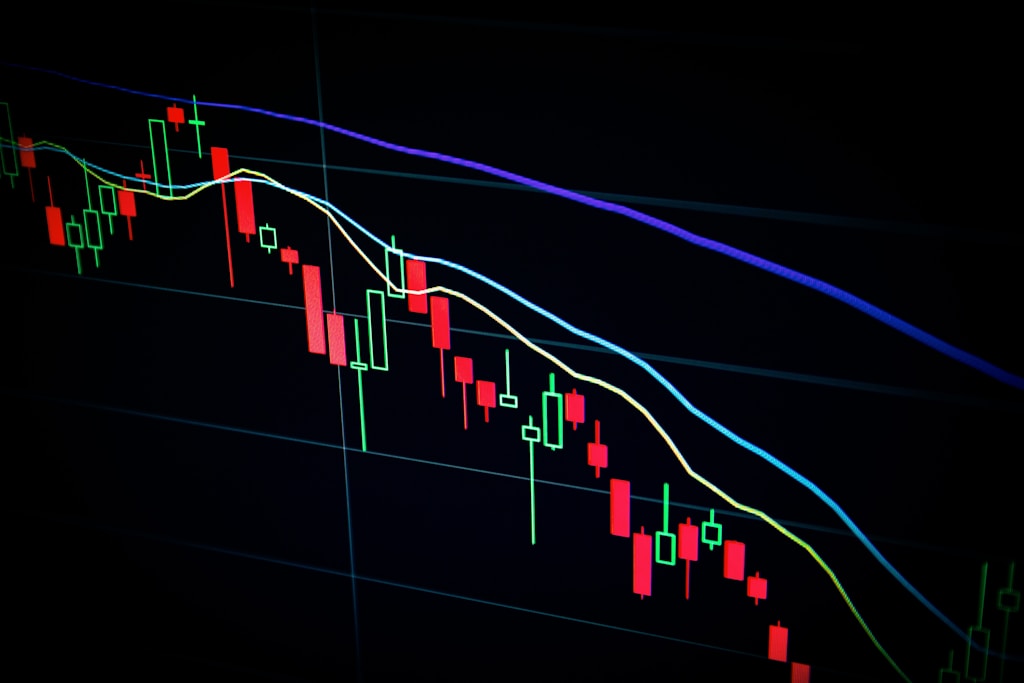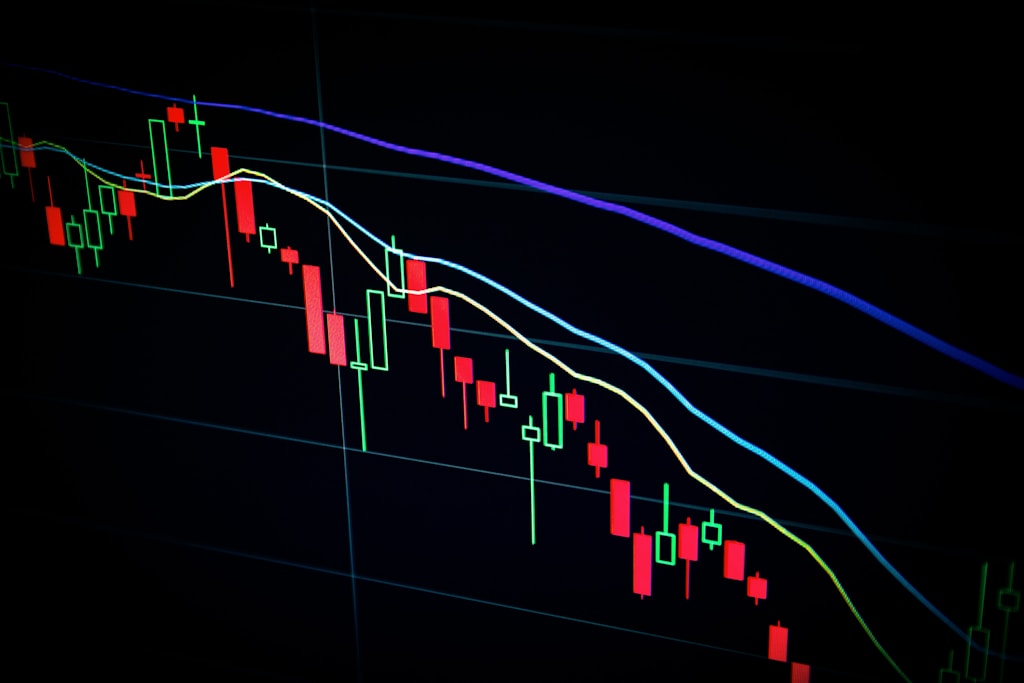Bitcoin’s price action continues to show bullish momentum as the leading cryptocurrency consolidates above the critical $108,000 support level, setting up for what technical analysts suggest could be a significant breakout toward $115,000.
As noted in recent whale activity analysis, major holders have been booking substantial profits while maintaining strong support levels, indicating sustained institutional confidence in BTC’s upward trajectory.
Technical Analysis Points to Bullish Setup
The current price action shows several bullish indicators:
- Formation of a bullish trend line with support at $108,800
- Price maintaining position above the 100-hour Simple Moving Average
- Multiple support levels established between $108,000-$108,500
- Key resistance zones identified at $110,750 and $111,800
Critical Price Levels to Watch
| Support Levels | Resistance Levels |
|---|---|
| $108,500 | $110,000 |
| $107,500 | $110,750 |
| $105,000 | $111,800 |
SPONSORED
Trade Bitcoin with up to 100x leverage and maximize your profit potential
Market Sentiment and Technical Indicators
The hourly MACD shows decreasing momentum in the bullish zone, while the RSI has dipped below 50, suggesting a potential short-term consolidation before the next major move. This aligns with broader market expectations of Bitcoin testing new all-time highs, as discussed in recent golden cross analysis.
Frequently Asked Questions
What are the key resistance levels for Bitcoin?
The immediate resistance levels are $110,000 and $110,750, with a major resistance zone at $111,800.
Where is the strongest support level?
The main support sits at $105,000, with intermediate support levels at $108,500 and $107,500.
What technical indicators suggest a potential breakout?
The bullish trend line formation and price action above the 100-hour SMA indicate strong potential for upward movement.
Time to read: 4 minutes








